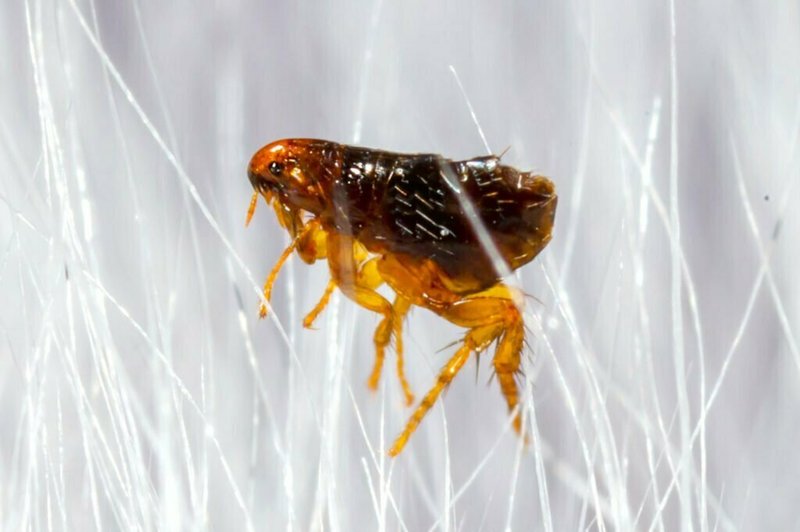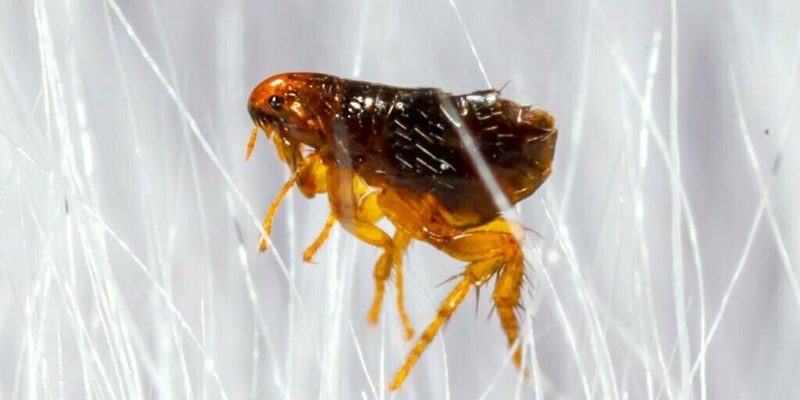
The flea may be a little pest, but it jumps into our consciousness with big ideas. When you look closely, its symbolism extends beyond just being a nuisance. In various cultures, the flea represents adaptability, survival against the odds, and even the complexities of human relationships. So, grab a cup of coffee, and let’s explore the intriguing world of fleas and their cultural significance.
The Flea in Folklore and Myths
Folklore is brimming with stories that highlight the flea’s unique place in culture. In many traditions, fleas are viewed as symbols of perseverance. For example, in African folklore, the flea is often depicted as a creature that survives in harsh conditions. This represents the idea that, no matter how difficult life gets, there’s always a way to adapt and thrive.
You might find stories where the flea plays a role in teaching valuable life lessons. In a tale from Eastern Europe, a clever flea helps a poor peasant outsmart a greedy nobleman. This narrative illustrates how even the smallest creatures can outsmart the powerful through wit and cunning. It’s a wonderful reminder that size doesn’t matter when it comes to intelligence and creativity!
Fleas in Literature
Literature has also embraced the flea, using it as a metaphor to explore deeper themes of love, desire, and even life’s struggles. One notable example is John Donne’s poem, “The Flea,” where the flea becomes a symbol of the union between lovers. Donne cleverly uses the flea to argue that since it has already mingled their blood, they are already connected in ways that should make physical intimacy seem natural.
This use of the flea illustrates how something so small can represent complex emotions. It invites readers to ponder how mundane aspects of life can carry profound meanings. You might say the flea acts as a bridge, connecting the ordinary to the extraordinary, and encouraging us to look deeper into the relationships we share.
Art and the Flea
The flea has made its mark in the art world, too. Artists often use the flea to symbolize the darker aspects of human existence, like suffering and survival. In some paintings, you might see a flea depicted as part of a larger narrative about poverty or hardship. This serves as a reminder that even the most fragile of creatures can embody the human condition.
Take a moment to think about how this tiny insect can evoke empathy and reflection. Artists use the flea to draw attention to social issues, inviting viewers to consider the bigger picture. In this way, the flea becomes a medium for storytelling, showing how art can provoke change and awareness.
The Flea in Popular Culture
In popular culture, the flea often appears as a comic or lighthearted symbol. Whether in cartoons or children’s books, fleas are frequently portrayed as quirky characters that can bring humor to a story. They might be depicted as mischievous sidekicks or as tiny adventures waiting to happen.
This portrayal contrasts sharply with their serious symbolism in folklore and literature. It highlights how cultural perceptions can fluctuate, depending on context. The flea as a playful character reminds us that even life’s annoyances can spark joy and laughter.
Understanding the Flea’s Symbolism in Different Cultures
Different cultures around the world assign unique meanings to the flea. In Native American traditions, for instance, fleas might symbolize the importance of resourcefulness and tenacity. Their ability to survive in various environments resonates with the values of many indigenous communities, who celebrate resilience and adaptability.
On the flip side, some Asian cultures view fleas as harbingers of bad luck or misfortune. This dichotomy shows how one small creature can carry vastly different meanings across cultures. Understanding these varied perspectives encourages us to appreciate the rich tapestry of human beliefs and experiences.
Lessons from the Flea
So, what can we take away from all this? The flea teaches us valuable lessons about resilience, creativity, and perspective. Its ability to adapt and survive can inspire us to face our own challenges with courage.
Moreover, the flea’s presence in folklore, literature, and art reminds us that even the smallest things can hold significant meaning. Whether it’s through a clever story or a poignant painting, the flea invites us to explore deeper themes in life.
When you think about it, our interpretations of such tiny beings can reflect our own experiences and struggles. It’s a powerful reminder to look for the meaning in everyday occurrences, no matter how small they may seem.
In closing, the cultural symbolism of the flea is a fascinating subject that reveals much about human nature. From folklore to literature and art, this tiny creature holds lessons on survival, resilience, and connection. So the next time you see a flea, remember that it’s not just a pest; it’s a symbol of something much bigger—a reflection of our shared human experience.

